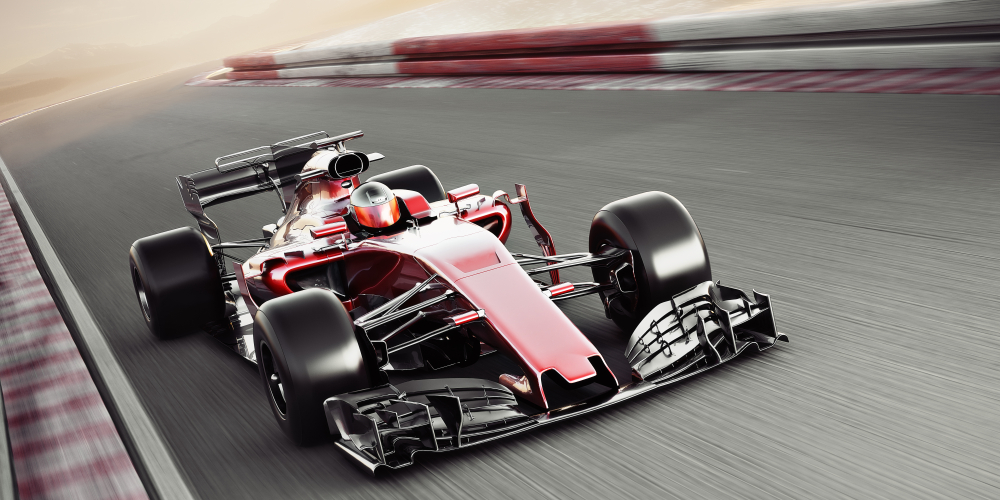
Rev Up Your Skills: A Guide to Race Car Fabrication
May 10, 2024 2:54 pm Leave your thoughtsRace car fabrication is a specialized skill that combines engineering, craftsmanship, and creativity to build high-performance vehicles that can withstand the demands of competitive racing. Whether you are a professional race car builder or a DIY enthusiast looking to take your fabrication skills to the next level, understanding the techniques and materials used in race car fabrication is essential. In this guide, we will explore the key aspects of race car fabrication, from the materials commonly used to the welding techniques that ensure structural integrity and performance.
What Materials Are Commonly Used in Race Car Fabrication?
Race car fabrication involves the use of a wide range of materials that are carefully chosen for their strength, durability, and weight. Some of the most common materials used in race car fabrication include:
– Chromoly: Chromoly, also known as chrome-molybdenum steel, is a popular choice for race car frames and roll cages due to its high strength-to-weight ratio. Chromoly is lighter and stronger than mild steel, making it ideal for applications where weight savings are crucial, such as in high-speed racing cars.
– Aluminum: Aluminum is a lightweight and corrosion-resistant metal that is commonly used in race car fabrication for body panels, chassis components, and suspension parts. Aluminum is easy to work with and can be welded using techniques such as TIG welding, making it a versatile material for a wide range of race car applications.
– Carbon fiber: Carbon fiber is a composite material that is prized for its high strength, stiffness, and light weight. Carbon fiber is often used in race car fabrication for body panels, aerodynamic components, and structural reinforcements to reduce weight and improve performance. While carbon fiber is more expensive than traditional materials, its exceptional properties make it a popular choice for high-end racing cars.
– Titanium: Titanium is a strong, lightweight metal that is often used in race car fabrication for exhaust systems, suspension components, and fasteners. Titanium is highly corrosion-resistant and has excellent heat resistance properties, making it ideal for applications where high temperatures and harsh conditions are common.
– Kevlar: Kevlar is a synthetic fiber that is known for its high tensile strength and impact resistance. Kevlar is commonly used in race car fabrication for body armor, impact protection, and reinforcement in critical areas of the vehicle. Kevlar is lightweight and flexible, making it an excellent choice for enhancing safety without adding unnecessary weight to the vehicle.
What Kind of Welding Is Used in Race Car Fabrications?
Welding plays a crucial role in race car fabrication, as it is used to join metal components together to create a strong and durable structure. Some of the most common welding techniques used in race car fabrications include:
– TIG welding: Tungsten Inert Gas (TIG) welding is a precise and clean welding process that is commonly used in race car fabrication for welding aluminum, stainless steel, and other metals. TIG welding produces high-quality welds with minimal spatter and distortion, making it ideal for applications where appearance and strength are important.
– MIG welding: Metal Inert Gas (MIG) welding is a versatile and fast welding process that is commonly used in race car fabrication for welding steel and other metals. MIG welding is known for its high deposition rates and ease of use, making it a popular choice for large-scale production and assembly work in race car fabrication.
– Stick welding: Shielded Metal Arc Welding (SMAW), also known as stick welding, is a traditional welding process that is used in race car fabrication for welding thick sections of steel and other metals. Stick welding is a versatile and cost-effective welding technique that is well-suited for structural welding applications where high strength and reliability are essential.
– Gas welding: Gas welding is an oxy-acetylene welding process that is used in race car fabrication for brazing, cutting, and joining thin sections of metal. Gas welding produces clean and precise welds without the need for additional shielding gas, making it a flexible and economical welding technique for a wide range of race car fabrication tasks.
Summary
Mastering the art of race car fabrication requires a deep understanding of materials, welding techniques, and structural design principles. By selecting the right materials for the job, mastering the appropriate welding techniques, and paying attention to detail in every aspect of the fabrication process, you can build race cars that are durable, high-performance, and competitive on the track. So rev up your skills, grab your welding gear, and get ready to take your race car fabrication abilities to the next level!
Need a Welding Shop in Suisun City, CA?
Categorised in: Race Car Fabrication
This post was written by admin
